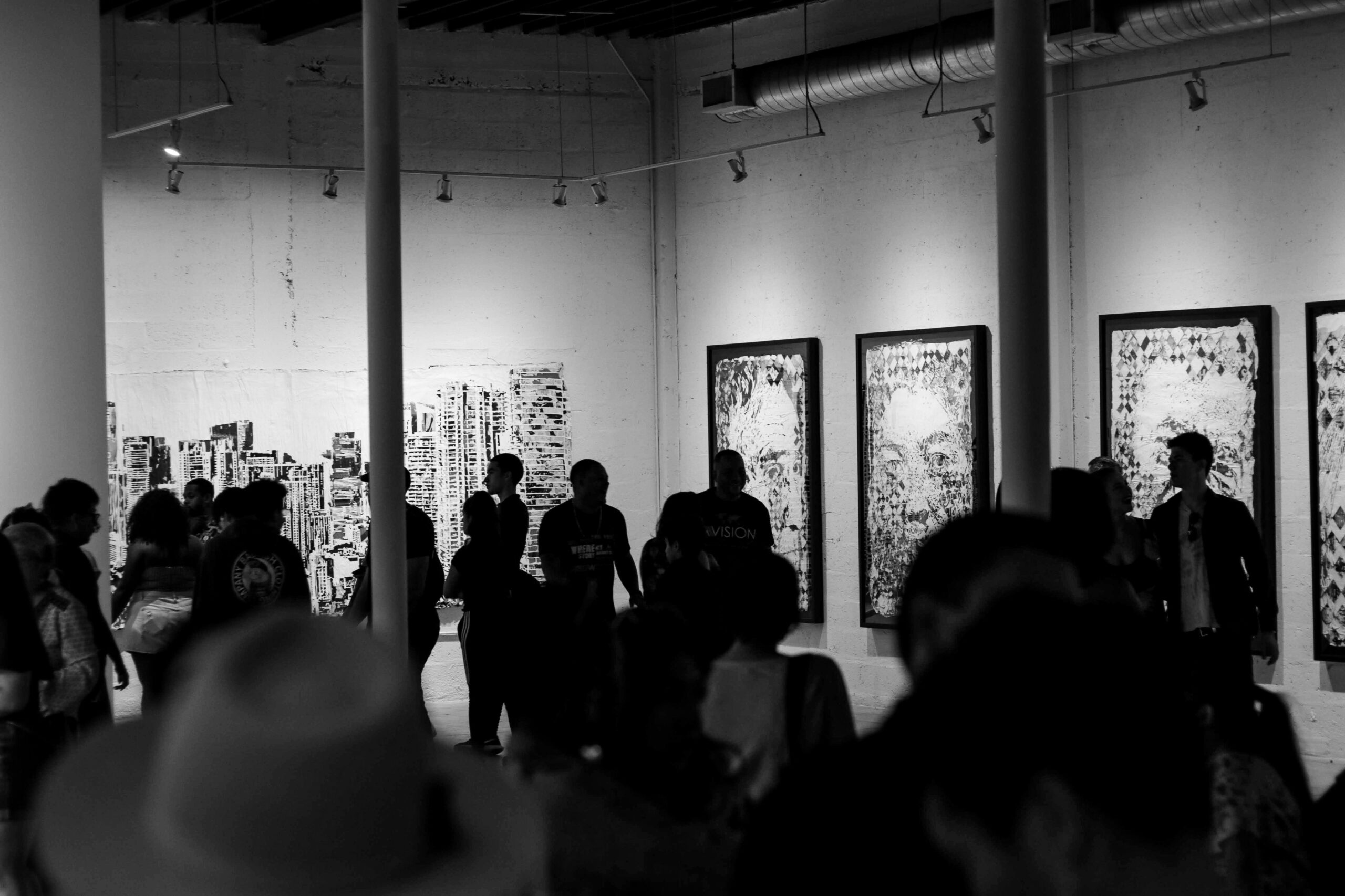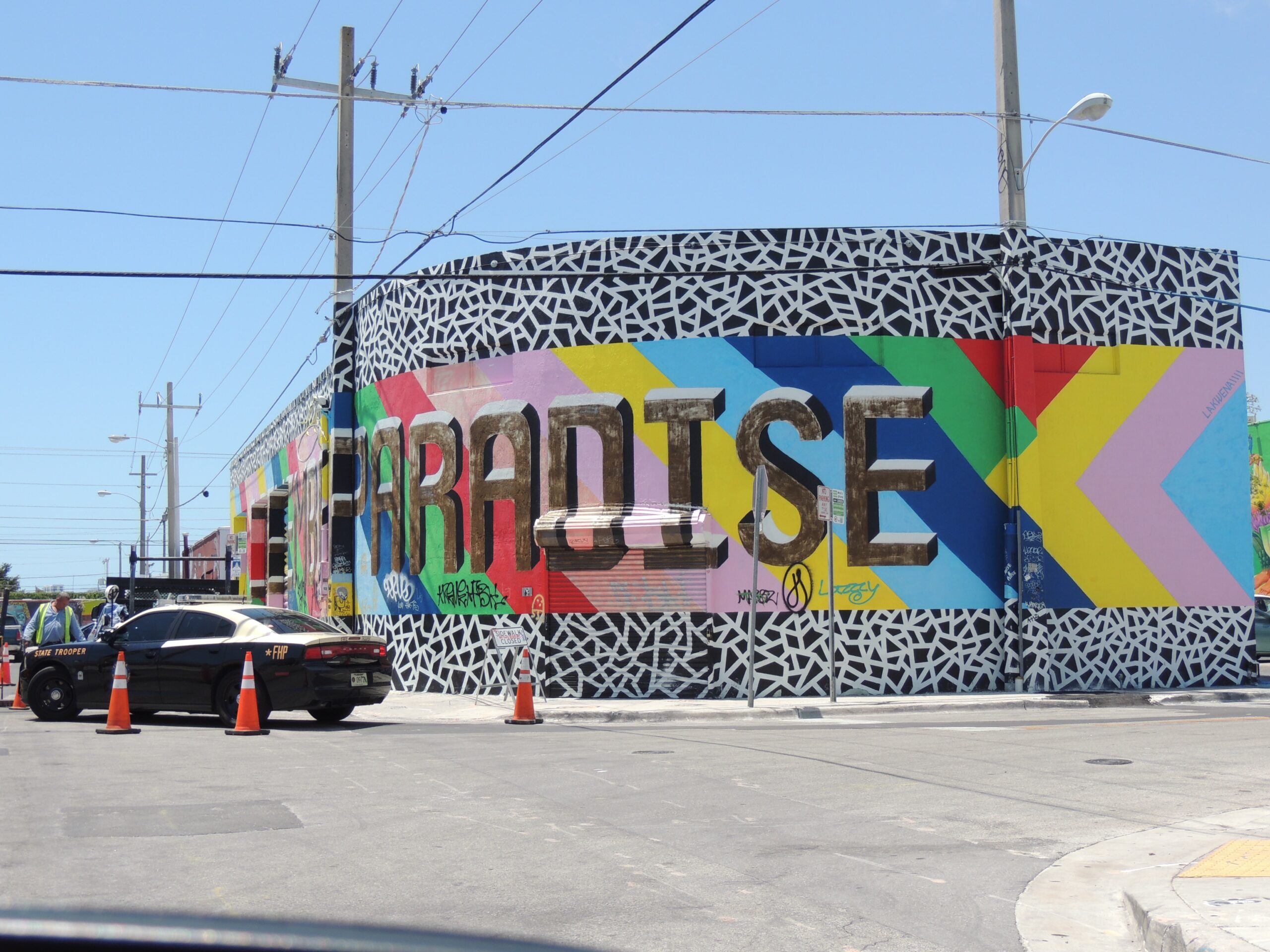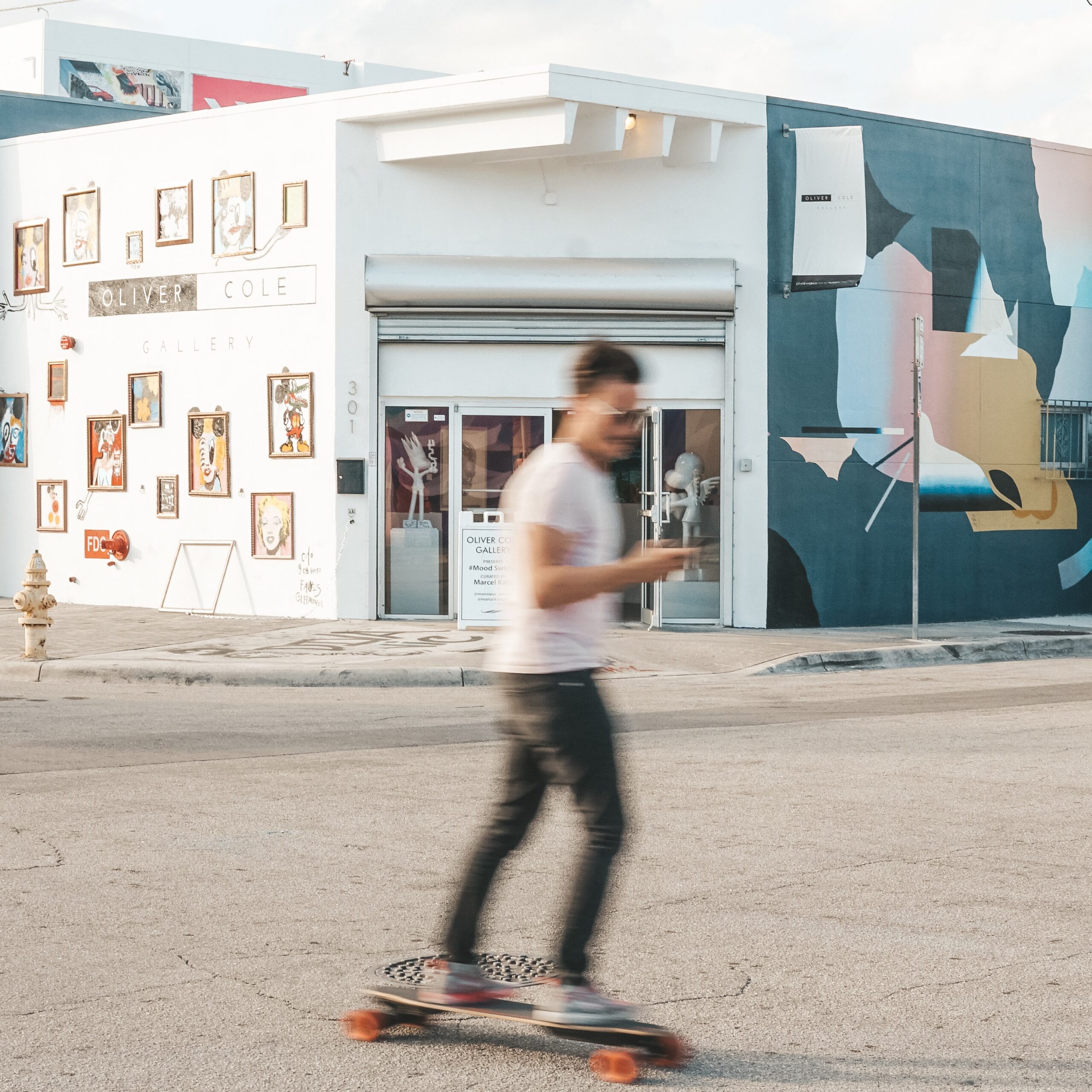
“There would be no Wynwood without Wynwood Walls, where I saw warehouses, Tony Goldman saw an outdoor art museum. That’s the difference between a visionary and the average Joe.” William D. Talbert, the president and CEO of the Greater Miami Convention & Visitors Bureau, tells Architectural Digest.
Wynwood is now a major attraction in Miami, but it was not always so.
Wynwood, originally spelled Wyndwood is an old inner-city neighborhood of Miami. Wynwood was built as a working-class residential neighborhood, connected to the Garment District just south of it. It attracted manufacturers from New York and elsewhere and retained some jobs, fueled by immigrant labor, but struggled against competition from cheap labor overseas. In the fifties, the neighborhood was safe enough to have children play unsupervised on the streets. Trouble started with the construction of I-95, which is also blamed for the tragic demise of Overtown. Yet in the 70s, Wynwood was still known for garment manufacturing and attracted shoppers from South America and elsewhere. Then came problems in South American economies as well as racial tensions that culminated in riots in Miami in the 80s, both of which affected the area. The neighborhood became known as unsafe. Around this time, the neighborhood saw an influx of Puerto Rican immigrants. In fact, a 1990 article in the Miami Herald refers to it as Puerto Rican Miami, eventually earning the neighborhood the nickname “Little San Juan.”
Wynwood’s northern neighbor, the Design District, in the 80s also a rundown, crime-ridden neighborhood, was experiencing a boom that was beginning to force some businesses out. Wynwood was beginning to catch the eye of developers. Toni Goldman of Goldman Properties was the first to recognize the potential in Wynwood. Another developed, David Lombardi told the Herald: “It was so cheap compared to the Design District and there were large warehouses”.

One of the first commercial galleries, Dorsch Gallery, opened in 2000. In the mid-2000s, Tony Goldman, a well-known real estate developer, set his sights on Wynwood, purchasing buildings in the neighborhood and renovating them into hip, modern spaces. In 2008, he opened Joey’s Italian Cafe at NW Second Avenue and 25th Street, the first restaurant in the neighborhood.

He also conceptualized and opened the now-world-famous Wynwood Walls in 2009. In the 2010s, Wynwood was hip yet still somewhat art-focused. People didn’t just come for galleries and street art; they started frequenting the small shops, breweries, bars, and cafés that came to line the blocks. The food scene gained traction with the subsequent openings of restaurants like Kush and Coyo Taco in 2015 and Kyu in 2016.
One at a time, priced-out gallerists began packing their canvases: Frederic Snitzer and David Castillo in 2014, Nina Johnson and Emerson Dorsch in 2015, Pan-American Projects in 2016. The Rubell Family Collection departed in 2019.
Harold Golen is one of the few remaining gallerists in Wynwood. He explains that as the neighborhood welcomed in more businesses and developers continued to buy up buildings, the rent increased dramatically, pushing gallerists to more affordable areas like Little River near 79th Street. Visitors to Wynwood changed as well; they became younger and keener on shopping at retail boutiques and grabbing a bite to eat.
“My business had to evolve because people weren’t just coming for the art anymore,” Golen says. “People walking around with bags from cool clothing stores would come into my gallery — and yes, they liked the art, but they couldn’t afford it.”
He says that his gallery is more of a store now. Although he still sells artworks, he no longer hosts openings. His inventory has expanded to include more affordable items like vinyl figures, T-shirts, postcards, stickers, books, and other novelty merchandise.
As the neighborhood continues to evolve, one thing is clear, Wynwood has been a major influence on the city’s art scene and culture. Not only attracting unique tourism, opening doors and opportunities to local creatives of all types, but also influencing the artist and culture of the city. The evolution, constant change, and adaptation of Wynwood business owners will continue, always bringing new eras and generations of free thinkers that change the face of our city and influence the culture. What do you think is next for Wynwood? How will Wynwood influence Miami’s culture next?
 Close with Confidence !
Close with Confidence !
